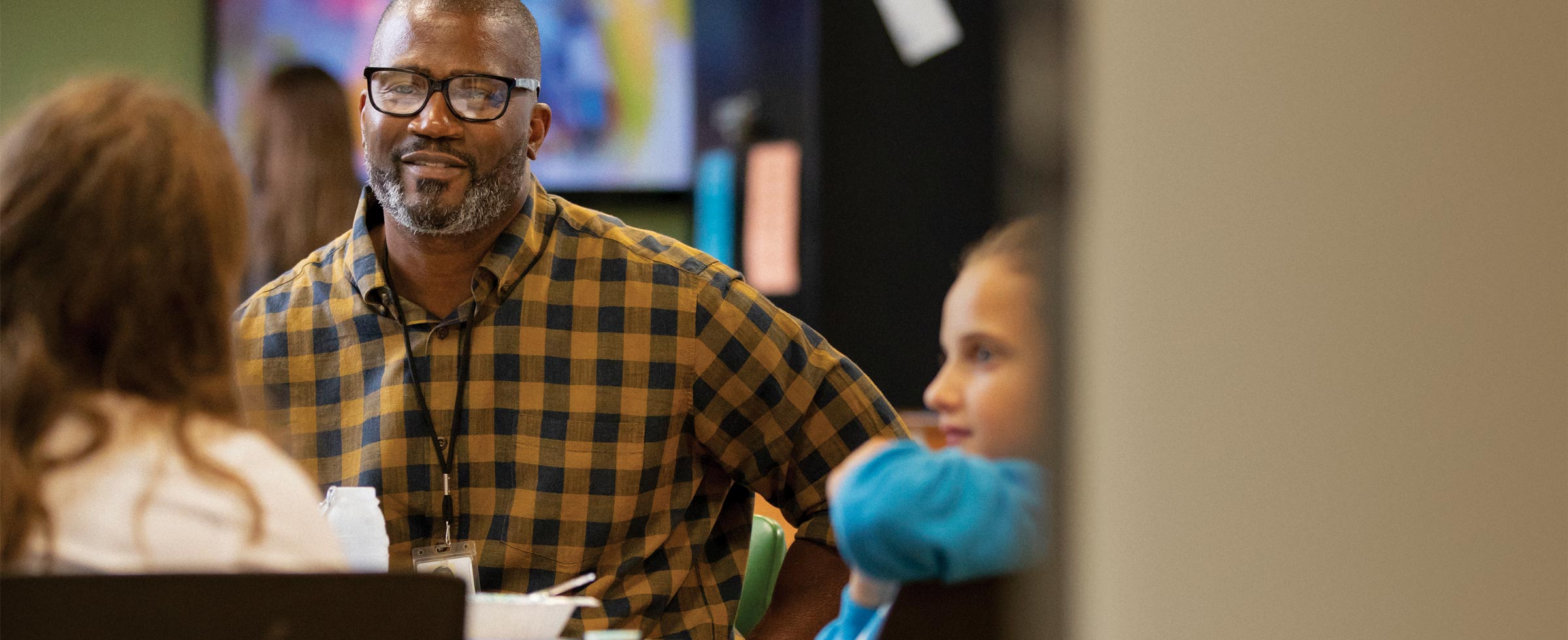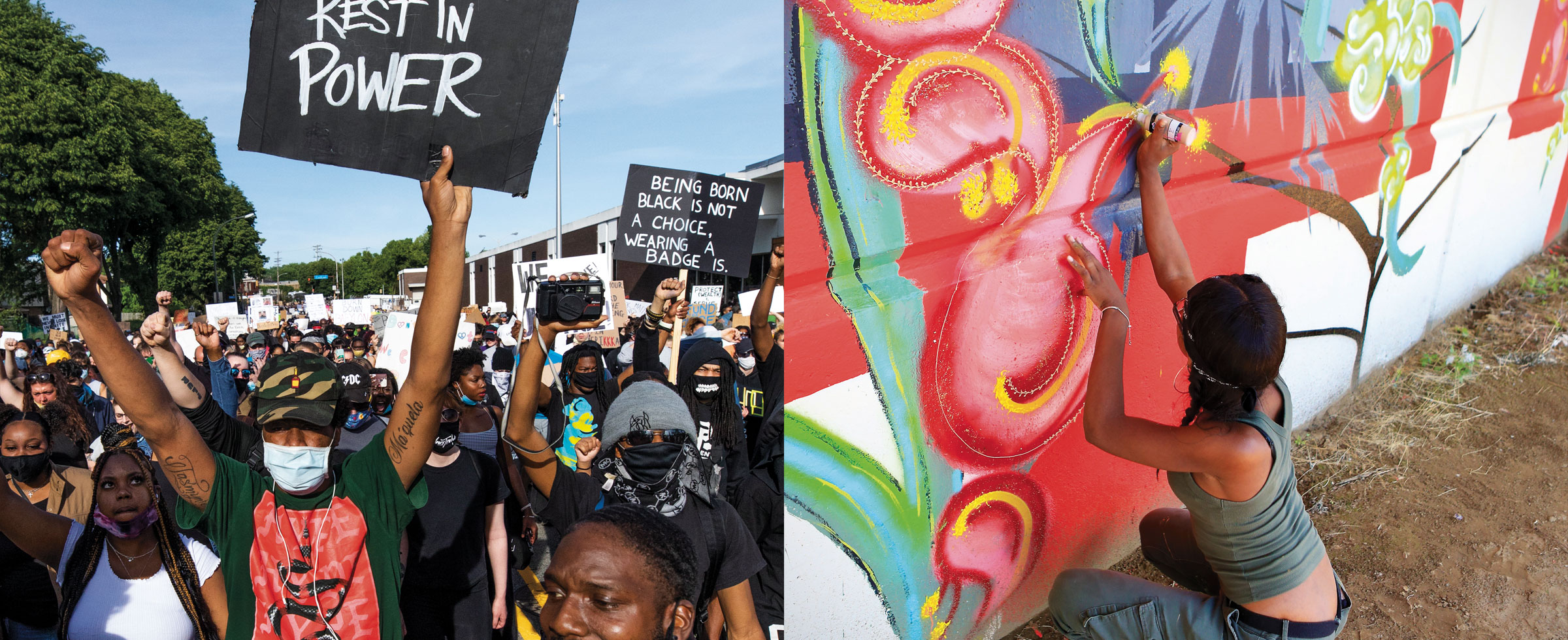
At the height of the COVID-19 health emergency, Dr. Jerome Gloster says many of those delivering services on the front lines were dangerously isolated from regional decision-makers.
Patients in the ten neighborhood health centers he oversees missed opportunities, such as vaccination clinics, because of poor communication from the area’s formal public health systems. This was particularly problematic because most of the health centers’ patients are Black or Brown - people disproportionately impacted by the virus.
“Whenever we did get communication, it was to let us know what someone else decided as opposed to including us in those discussions to make the decision,” Gloster says. “It was sometimes jaw-dropping when we would hear about vaccine events at the last minute.”
Gloster, CEO of Primary Care Health Services Inc., shared his concerns during a meeting facilitated by The Pittsburgh Foundation in early 2023. The Foundation convened donors and asked several nonprofit leaders to share what they needed most. Groups like Casa San José, a nonprofit centering the needs of Latinos, echoed Gloster’s frustrations. Gloster told the funders that planning works best when community groups that are closest to the residents to be served are involved from the start.
That operating principle is precisely what The Pittsburgh Foundation staff has strived to put into practice in implementing its new strategic plan this past year. The goal is to move the region from surviving to thriving, and two ways it intends to achieve that are by catalyzing partnerships and supporting communities. Both are required in order to improve communication and respect among community-serving organizations and institutional leaders.
Without relationships and trust, says Michael Yonas, the Foundation’s vice president for Community Partnerships and Learning, nonprofit leaders believe that officials in larger systems and government agencies peg them as communicators to the public rather than decision-makers for the communities they serve.
“What's missing from the current system is recognition of the expertise, skill and capacity of people in these organizations to help support our broader structure,” Yonas says, “especially because these populations are harder hit by public health issues.”
Foundation staff created a “design team” of nonprofit leaders to map the assets of community nonprofits and show what can be offered to the larger systems and government agencies. The team consists of: Rev. Paul Abernathy of the Neighborhood Resilience Project; Monica Ruiz of Casa San José; Jasiri X of 1Hood Media; Dr. Jennifer Elliott of the Center for Integrative Health Services & Programs; Dr. Laura Poskin of Age Friendly Greater Pittsburgh; Amy Wilfahrt of Healthy Start, Inc.; Gloster of Primary Care Health Services; Susan Friedberg Kalson of Squirrel Hill Health Center, and Khara Timsina of the Bhutanese Community Association of Pittsburgh.
The team plans to create a database of community organizations in the Pittsburgh region that larger systems could access when facing decisions, especially those that would impact marginalized people, “so they know who to go to and we know who to go to,” says Yonas. “Then we can get things done really quickly.”
Design team members want to expand opportunities for community organizations to be engaged earlier and to be more involved throughout the process. Abernathy, chief executive officer of the Neighborhood Resilience Project, a nonprofit using trauma-based approaches to heal neighborhoods, says the database will detail the “invisible public health infrastructure” not recognized by but relied upon by regional systems.
Another goal, says Yonas, is to map that “invisible” infrastructure using COVID-19 as an example. Government agencies and larger institutional systems could use it in efforts to mitigate ongoing crises including environmental changes, the opioid epidemic and gun violence. Staff with the Western Pennsylvania Regional Data Center – a partnership between the University of Pittsburgh and local government – trained the design team in a network analysis approach to help develop strategies that would ensure more equitable decision-making.
Yonas says the Allegheny County Department of Human Services and The Allegheny County Health Department are interested in the findings “to see what they could do better or what they could do to be more helpful in the future.” For Yonas, the facilitation work is one way The Pittsburgh Foundation can use its reputational, intellectual and social capital to support community-based solutions.



